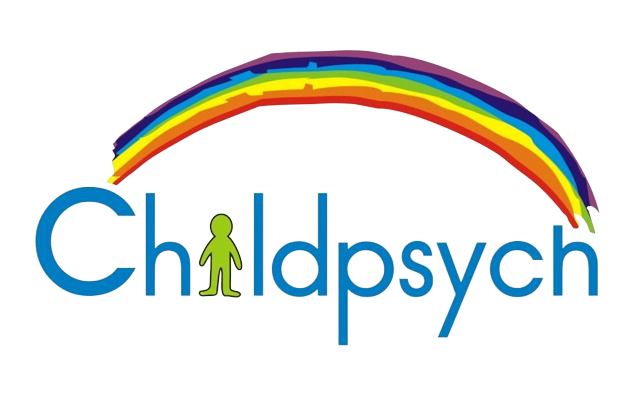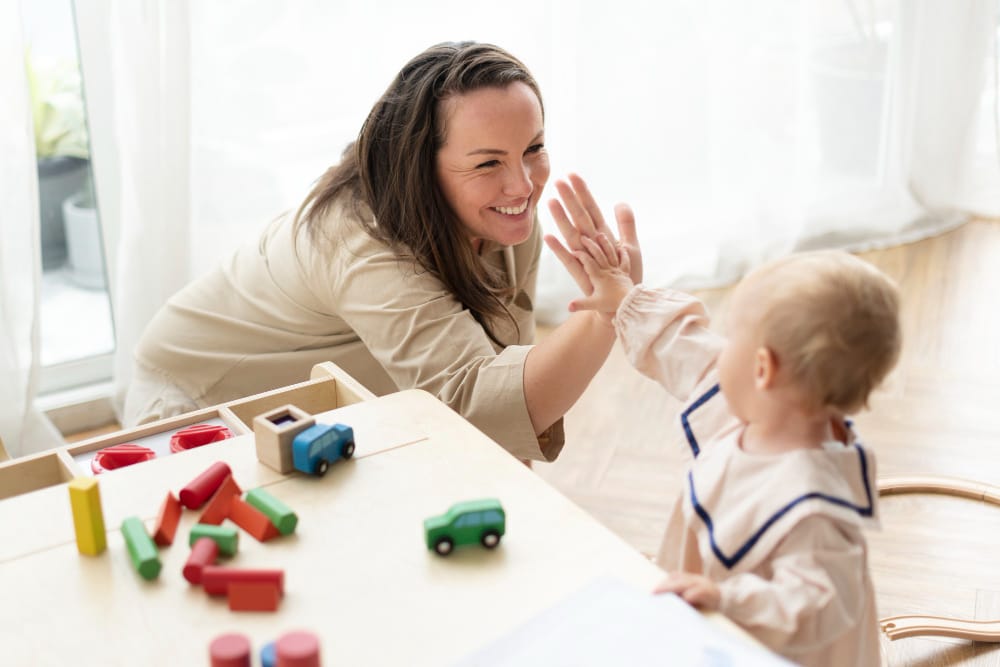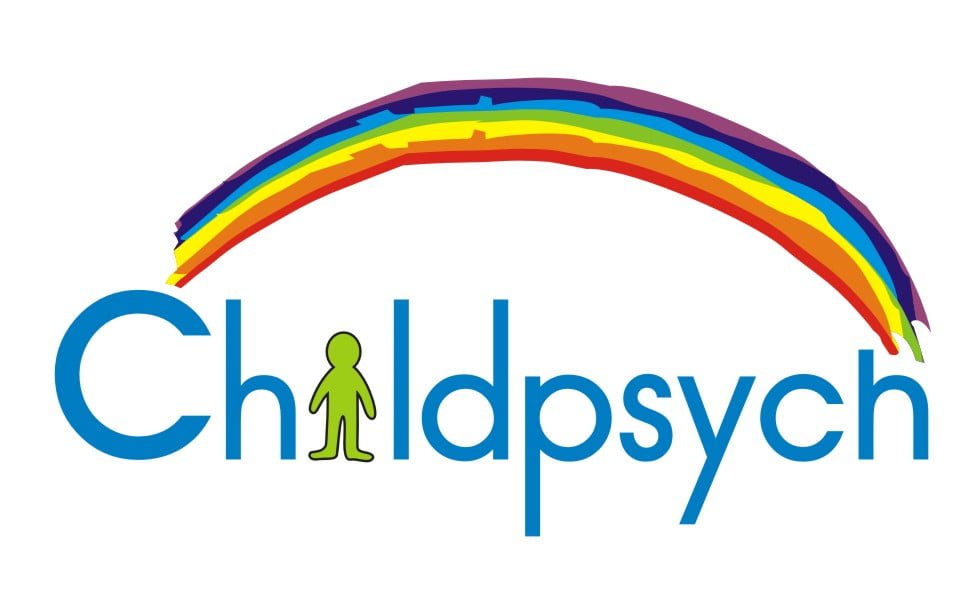 Let’s first look at what science has taught us about how your baby’s brain grows:
Let’s first look at what science has taught us about how your baby’s brain grows:
Thanks to research we now know that our brains develop and change throughout our lifetimes, but the most important foundation for brain development is laid in early childhood. The experiences we have as young children affect the physical architecture of the brain and this architecture in turn is a predictor of how well we learn in school; how good we are at our jobs; how healthy we are; how easily we get on with our family, friends and other community members and even how good we’ll be at parenting.
So what does your baby’s brain need?
Babies’ brains need experiences – novel experiences. But before you haul out your ski-suit and hire a brass band, keep in mind that every little experience the world has to offer is novel to a newborn. After spending nine months in the womb being able to hear just a little of the outside world and being able to see almost nothing, your baby’s brain is going to be bombarded by sensory experiences initially. With each experience connections form between the cells in your baby’s brain and these connections all link up to form a circuit (or “neural pathway”). Neural pathways help information to move more rapidly from one area of the brain to another. And as these pathways become more sophisticated thinking, reasoning and motor abilities become faster, smoother and more complex.
As children grow it is our job as adults to make sure that we expose and engage them in experiences that they can learn from.
Now, at the cost of sounding like I’m contradicting myself baby’s brains also need repetition of experiences that were initially novel. When a new neural pathway is activated often that pathway is strengthened, but if a pathway is not being used the brain prunes it away in an attempt to save space and energy.
One of the most important kinds of experiences children need is Serve & Return interactions with caregivers. Serve & Return refers to the process through which a parent responds to a child’s verbal cues or actions. Typically the child then responds to the parent’s response and vice versa and the interaction might go on like this for quite a while – a bit like the way players send a ball over the net during a tennis match. Typically Serve and Return interactions start quite naturally: Babies are primed for interaction with their caregivers and will often initiate this interaction by making eye-contact or babbling, etc. And with each stage of development the Serve & Return interactions become more complex and your child’s brain builds new knowledge on what came before.
What does your baby’s brain NOT need?
Your baby’s brain does not need Toxic Stress. Now, learning to deal with every day stressors is an important part of healthy development but Toxic Stress can have an entirely different outcome. Toxic stress is defined as persistent, intense, long term stress and it can interfere with the building of healthy neural circuits in the brain. Parents can acts as a buffer to Toxic Stress by trying to aiming to ensure that their children grow up in relatively healthy, nurturing, safe environments.



